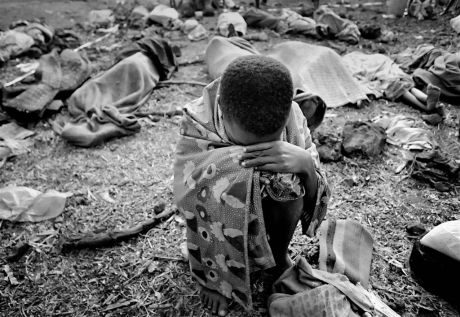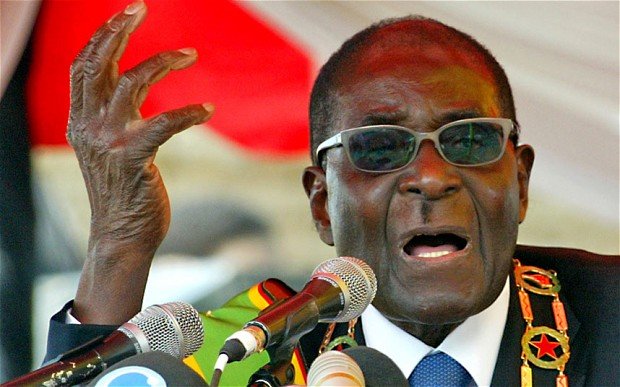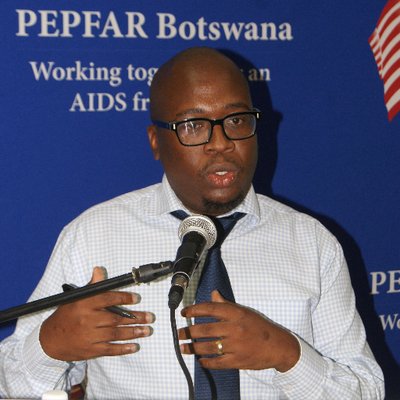
image:www.zimetro.co.zw
How They Did It: Digging up Zimbabwe’s Gukurahundi Massacre Dossier
3 December 2018It began with a tip-off from a former head of an international humanitarian organization who used to be based in Zimbabwe. There was an explosive dossier detailing heinous crimes of the Gukurahundi — a series of massacres of civilians carried out by the Zimbabwe National Army in the 1980s — and had been kept under lock and key for decades. Earlier this year, the Botswana-based INK Centre for Investigative Journalism tracked down the mystery dossier and, in July, broke the story. Here’s how we did it.
While many reports about the killings existed in the public domain, this particular one had been a closely guarded secret due to allegations that the international community was complicit, particularly the UK. We were told that somewhere in the dusty libraries of universities, or government institutions, was a report with details of extrajudicial killings of the Ndebele-speaking people by a Zimbabwean army acting on the command of the recently-deposed president Robert Mugabe.
“Gukurahundi” loosely translates from the Shona language (one of the main languages spoken in Zimbabwe, alongside English and Ndebele) to mean “the early rain that washes away the chaff.” The killings bearing that name left as many as 20,000 dead between 1983 and 1987. Mugabe had deployed the North Korean-trained Fifth Brigade soldiers in the Matebeleland and Midlands areas of Zimbabwe in the early 1980s to quell dissident threats, an operation that resulted in the well-documented atrocities.
An exhaustive search for the dossier — the first-ever to provide names of the deceased and expose blow-by-blow accounts of how the executions were carried out — took place in the streets and corridors of the University of Oxford, by African reporters who were there on a fellowship with the Reuters Institute for the Study of Journalism. Together with Zimbabwean reporters, whose names have been withheld for security reasons, we embarked on locating the 35-year-old report.
Many reports have been published about the atrocities of Gukurahundi but this is the first-ever dossier that provided victims’ names and accounts of the executions.
Taking the lead, the Zimbabwean reporters laid the groundwork and set the direction for the search. This involved tracking down relevant people who knew about the dossier in Zimbabwe and the United Kingdom.
For three decades, few people knew about the existence of the dossier, and even fewer discussed it. That is, until Zimbabwe’s November 2017 coup d’état, when President Emmerson Mnangagwa, one of the chief enforcers of Mugabe’s regime, took power.
And that’s when everyone seemed to begin talking, albeit with restraint. Soon the team was not only aware of the existence of the dossier but of its possible whereabouts. Apparently there were only two places where we could find it: In Mugabe’s office or somewhere in the United Kingdom. But where exactly in the UK?
Because the dossier was first prepared in 1983, during the first months of the massacres, it was questionable whether we’d be able to talk to the authors. However, after months of research, we found someone with deep knowledge of the report’s contents. On condition of anonymity, the source agreed to give us much-needed direction, at a time when we almost gave up.
Somewhere in Oxford
Thanks to our source, we traced one copy of the dossier to a library at the University of Oxford; another copy was found at the University of Cambridge. The librarians took plenty of cajoling.
Gukurahundi by on Scribd
“What are you using this report for? It is not for public consumption,” said one reluctant librarian. When they finally allowed one of our team members to peruse the report, it was under strict conditions; he was not supposed to photocopy, and only to skim through it.
Under this predicament, a smart phone came in handy, and he managed to covertly take pictures of the more than 30-page report.
“The contents are chilling, I can’t believe this. … It’s shocking,” the reporter said about its content immediately after.
Undeniably, the details were shocking. It was replete with gruesome pictures of badly mutilated bodies, names of the deceased and accounts from survivors and medical officials. What also came across strongly was then-president Mugabe’s inaction in averting the massacres. After being approached by international aid agencies that were operating in Matebeleland about the senseless killings, Mugabe instructed them to compile a report about the situation only to frown upon it. When these agencies presented the report to Mugabe on March 18, 1983, less than 300 people had been killed by the Fifth Brigade, but failure to arrest the situation would lead to the deaths of as many as 20,000 civilians by 1987.
Security Concerns

Robert Mugabe, had signed an agreement with North Korea to have the North Korean military train a brigade for the Zimbabwean army.image:thesouthafrican.com
While Mugabe, the main architect of the Gukurahundi massacre, is no longer in power, other responsible individuals still occupy senior positions in government, including the current presidency — which is why Zimbabwean reporters withheld their names from the byline.
“Mugabe may be gone, but his former henchmen are still very much running the government.” said one reporter. “We don’t want to risk our lives by revealing our identities.”
INK’s collaboration with the Zimbabwean reporters allowed for both financial and technical support. Together we spent hours going through the dossier and putting together stories about the atrocities committed by the Zimbabwean government. For more impact and reach we also worked with The Zimbabwean Independent, and the newspaper’s editor and renowned investigative reporter Dumisani Mleya copy-edited the stories. All in all, the Gukurahundi story was a result of a collaboration between at least six people and two news organizations.
Measuring the Dossier’s Significance
Many reports and books have been published about the atrocities of Gukurahundi in the last 30 years. So what was so unique about this dossier?
Firstly, the report was compiled by Oxfam which, along with other international aid organizations, was on the ground when the killings started in the Matebele and Midlands provinces in 1983. This provided a level of detail and evidence not available in reports produced after the massacres, which were by scholars and individuals with no first-hand experience.
Secondly, the dossier contained reports from doctors, nurses, headmasters, teachers and civilians, together with pictures of badly injured and dying people. It gives a death count and identifies civilians (including women and children) killed in the first month of the massacres. It also exposed the existence of mass graves in several areas in both Matebeleland and Midlands areas.
The dossier also listed names of victims, including the father of former information minister and exiled higher and tertiary education minister Jonathan Moyo, who is now a vocal critic of Zimbabwe’s new Mnangagwa regime. The dossier pointed to the possible source of their historical rivalry: the killing of Moyo’s father, who was a counselor in the Zimbabwe African People’s Union when Mnangagwa was the state security minister.
Three decades later, even with the political changes in Zimbabwe, the Gukurahundi massacres still loom large. Our investigation unearthed long-lost information that is now part of the public record.

Ntibinyane Ntibinyane is a journalist from Botswana. A career reporter with over a decade of experience, Ntibinyane cut his teeth in journalism as a reporter at Botswana Guardian and The Midweek Sun. In 2014, he was appointed editor of Mmegi newspaper and in 2015 founded the nonprofit INK Center for Investigative journalism, a GIJN member organization


Join the Conversation